New Year's resolutions are a common tradition in which people reflect on the past year and set goals for the year ahead. These goals often involve self-improvement, such as losing weight, quitting a bad habit, or taking up a new hobby. While the idea of starting the new year with a fresh start and a renewed sense of purpose can be appealing, the effectiveness of New Year's resolutions is a hot topic of debate.
On one hand, research has shown that setting goals and making a plan to achieve them can be a powerful motivator (Locke, E. A., & Latham, G. P., 2002). In fact, goal setting has been linked to increased productivity and achievement. By setting SMART goals, which are defined as specific, measurable, achievable, relevant, and time-bound, people can increase their chances of success (Doran, 1981).For example, rather than resolving to "exercise more," a person might set the SMART goal of "exercising for at least 30 minutes, three times per week." This specific goal gives the person a clear target to work towards and helps them track their progress.
However, there is evidence to suggest that most people struggle to stick to their New Year's resolutions. A study by the University of Scranton found that while 45% of Americans make New Year's resolutions, only 8% are successful in achieving them (https://www.statisticbrain.com/new-years-resolution-statistics/) This low success rate may be due to a variety of factors, including lack of motivation, insufficient planning, or unrealistic goals.
One reason that people may struggle to stick to their resolutions is that they do not have a strong motivation to change. While the idea of self-improvement may be appealing, it is not always enough to motivate people to make lasting changes. Without a strong reason for making a change, it can be easy to fall back into old habits.
Additionally, many people do not adequately plan for how they will achieve their goals. Setting a goal is only the first step; it is important to create a plan for how to achieve that goal. This may involve breaking the goal down into smaller, more manageable steps or finding ways to overcome obstacles that may arise. Without a solid plan, it can be difficult to stay on track.
Importantly, some people may set unrealistic goals for themselves. While it is important to aim high, setting goals that are too difficult to achieve can be demoralizing and may lead to feelings of failure. It is important to find a balance between setting challenging goals and setting goals that are attainable.
Finally, in all of the New Year’s Resolution statistics surrounding the pro’s and con’s of the annual activity, many people fail to consider how their perception, self-awareness, and self-compassion play into the equation of both setting the goals, and the follow through. In the Feldenkrais Method®, we call this somatic education. Through the development of our somatic self, the conditions in our nervous system is prepped and nurtured in order to make the changes we want. Our sensory world is rich with information to take in and utilize.
In conclusion, while New Year's resolutions can be a powerful tool for self-improvement, their effectiveness depends on a variety of factors. Setting SMART goals, having a strong motivation to change, creating a plan, and setting realistic goals can all increase the chances of success. However, it is also important to be flexible and to recognize that setbacks are a normal part of the process of change. Having a somatic barometer to help you listen, adjust, and not give up, is essential for the success of your desired change. Join me for my 15 day challenge of 15 minute Feldenkrais lessons, to help grow your sensory somatic self to set, modify, and achieve goals based upon your personal somatic self.
Sign up here for Finkelstein’s 15 minutes of Feldenkrais for 15 days, challenge. Come nurture a new somatic approach to New Year's Resolutions, and moving easier for only $39.
https://soundmovementservices.thrivecart.com/15-days-of-feldenkrais/
Locke, E. A., & Latham, G. P. (2002). Building a practically useful theory of goal setting and task motivation: A 35-year odyssey. American Psychologist, 57(9), 705-717.
Doran, G. T. 1981. There's a S.M.A.R.T. way to write management's goals and objectives. Management Review, 70(11), 35-36.
